- Home
- Articles
- Architectural Portfolio
- Architectral Presentation
- Inspirational Stories
- Architecture News
- Visualization
- BIM Industry
- Facade Design
- Parametric Design
- Career
- Landscape Architecture
- Construction
- Artificial Intelligence
- Sketching
- Design Softwares
- Diagrams
- Writing
- Architectural Tips
- Sustainability
- Courses
- Concept
- Technology
- History & Heritage
- Future of Architecture
- Guides & How-To
- Art & Culture
- Projects
- Interior Design
- Competitions
- Jobs
- Store
- Tools
- More
- Home
- Articles
- Architectural Portfolio
- Architectral Presentation
- Inspirational Stories
- Architecture News
- Visualization
- BIM Industry
- Facade Design
- Parametric Design
- Career
- Landscape Architecture
- Construction
- Artificial Intelligence
- Sketching
- Design Softwares
- Diagrams
- Writing
- Architectural Tips
- Sustainability
- Courses
- Concept
- Technology
- History & Heritage
- Future of Architecture
- Guides & How-To
- Art & Culture
- Projects
- Interior Design
- Competitions
- Jobs
- Store
- Tools
- More

Choosing a roof for your home often involves numerous considerations, from aesthetics to efficiency and longevity. A durable rooftop can safeguard your property from harsh weather conditions, enhancing the value of your home. When evaluating long-lasting roof designs, it’s crucial to weigh the maintenance requirements against the expected lifespan and performance of various materials. Opting for resilient roof designs protects your home and can save you time and money in the long run. Beyond durability, homeowners should also consider factors such as energy efficiency, style compatibility with the home’s architecture, and potential environmental impact. A carefully chosen roof can improve comfort, reduce utility costs, and even contribute to the curb appeal of your property.
Table of Contents
ToggleUnderstanding Roof Lifespans
Different roofing materials offer widely varying lifespans. Asphalt shingles typically last about 15 to 30 years, while metal roofs can endure for 40 to 70 years or more. If longevity is a priority, consider investing in materials that have a proven track record of durability, as contractors from Triple R Roofing and Siding suggest. Slate roofs are among the longest-lasting options, often exceeding 100 years when installed correctly. While the initial investment for materials like slate and metal may be higher, the long-term benefits often outweigh the initial costs.
Low Maintenance Options
Roof maintenance plays a significant role in the lifespan of your roofing system. Choosing low-maintenance materials means less time on maintenance and more time enjoying your home. Metal roofing requires minimal upkeep, requiring just periodic inspections and cleaning. Another low-maintenance option is a membrane roofing system, often used in commercial settings but gaining popularity for residential uses. These systems are designed to resist staining and mold, making them an ideal choice for homeowners looking to minimize maintenance efforts.

Eco-Friendly Alternatives
Homeowners concerned about environmental impact should consider eco-friendly roofing options. Many green roofing systems offer longevity and energy efficiency. Certain types of tiles and shingles are made from recycled materials and designed to reflect more sunlight, helping to keep homes cooler in warm weather. Installing a green roof, although a more significant investment, can provide insulation, reduce stormwater runoff, and even create a mini-ecosystem on your roof. Besides environmental benefits, eco-friendly roofs can enhance your home’s appeal and value.
How Design Choices Influence Longevity
The architectural design of your roof significantly affects its durability. Roof slopes, for example, play a crucial role in how quickly water drains. A steeper slope minimizes water pooling, reducing the risk of leaks and prolonging the roof’s life. Overhangs can provide better protection against wind-driven rain. Material selection is important as well. Heavier materials generally require stronger support structures, which can affect both the installation process and the longevity of the roof. When evaluating designs, ensure your choices align with the structural integrity of your home.
Investing in Quality Installation
An often-overlooked aspect of roofing is the importance of quality installation. Even the best materials will underperform if poorly installed. Hiring a reputable contractor ensures your roof is installed correctly and can adequately support the chosen materials. A professional team can provide you with guidance on material options, the best installation techniques, and the necessary maintenance tasks. Investing upfront in skilled labor pays off in the long term through extended roof life and reduced maintenance needs.

Roof Ventilation and Insulation
Proper ventilation and insulation are key factors in maintaining a long-lasting roof. Adequate airflow prevents heat and moisture buildup, which can lead to premature material deterioration. Similarly, well-insulated roofs help regulate indoor temperatures, reducing strain on your home’s energy systems and protecting roofing materials from extreme temperature fluctuations. Addressing ventilation and insulation during installation enhances both comfort and roof longevity. These measures contribute to better indoor air quality and can prevent issues like mold or mildew from forming in your attic space.
Adapting to Local Climate Conditions
Roof designs should account for the specific climate where the home is located. In regions with heavy snowfall, steep slopes, and snow guards can prevent accumulation and potential damage. In areas prone to high winds or hurricanes, reinforced materials and secure fastening systems are crucial. Tailoring roof design to local weather patterns ensures better performance and reduces the likelihood of costly repairs. By considering seasonal changes and potential extreme weather events, homeowners can make choices that protect their investment over decades.
Choosing a durable, low-maintenance roof involves considering materials, design, installation quality, and environmental factors. By investing in proper planning and professional installation, homeowners can enjoy a roof that protects their home, minimizes upkeep, and withstands the test of time, providing long-term value and peace of mind. Thoughtful decisions regarding maintenance, materials, and design ensure the roof remains both functional and visually appealing for years to come.
A licensed architect with hands-on studio experience, I translate complex design ideas into clear, engaging stories for a global audience. As a seasoned content writer and editor, I craft articles, project features, and thought-leadership pieces that illuminate emerging technologies, sustainable practices, and cutting-edge design trends—always with an architect’s eye for detail, accuracy, and narrative flow. My goal is to bridge practice and publication, giving fellow professionals and curious readers alike the insight and inspiration they need to push architectural boundaries.
Submit your architectural projects
Follow these steps for submission your project. Submission FormLatest Posts
Best Practices for Roof Inspections and Maintenance
On most projects, the roof spends decades out of sight while carrying...
Sunny Days, Secure Roof: Simple Steps to Shield Your Home
Your home is more than just a place to live—it’s a sanctuary....
Simple and Stylish Roof Ideas for Homeowners
When designing your home, don’t overlook the roof. It’s essential for both...
Key Qualities to Look For in a Residential Roofing Contractor
Choosing a residential roofing contractor involves careful consideration. The roof is a...



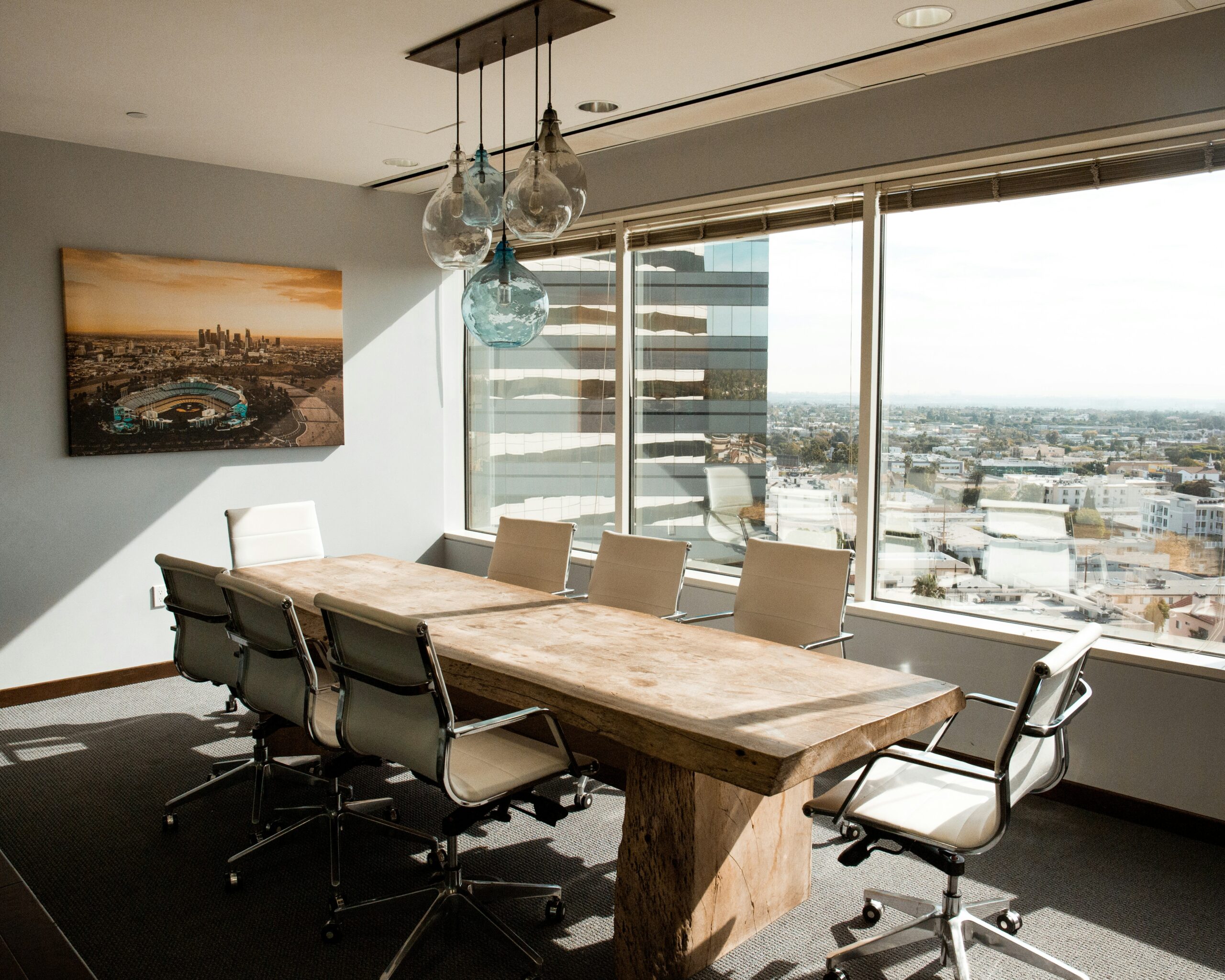
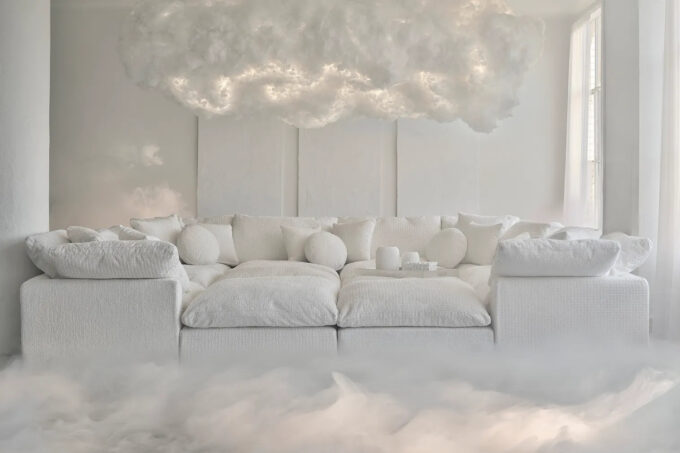

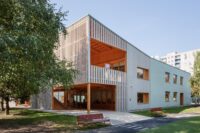

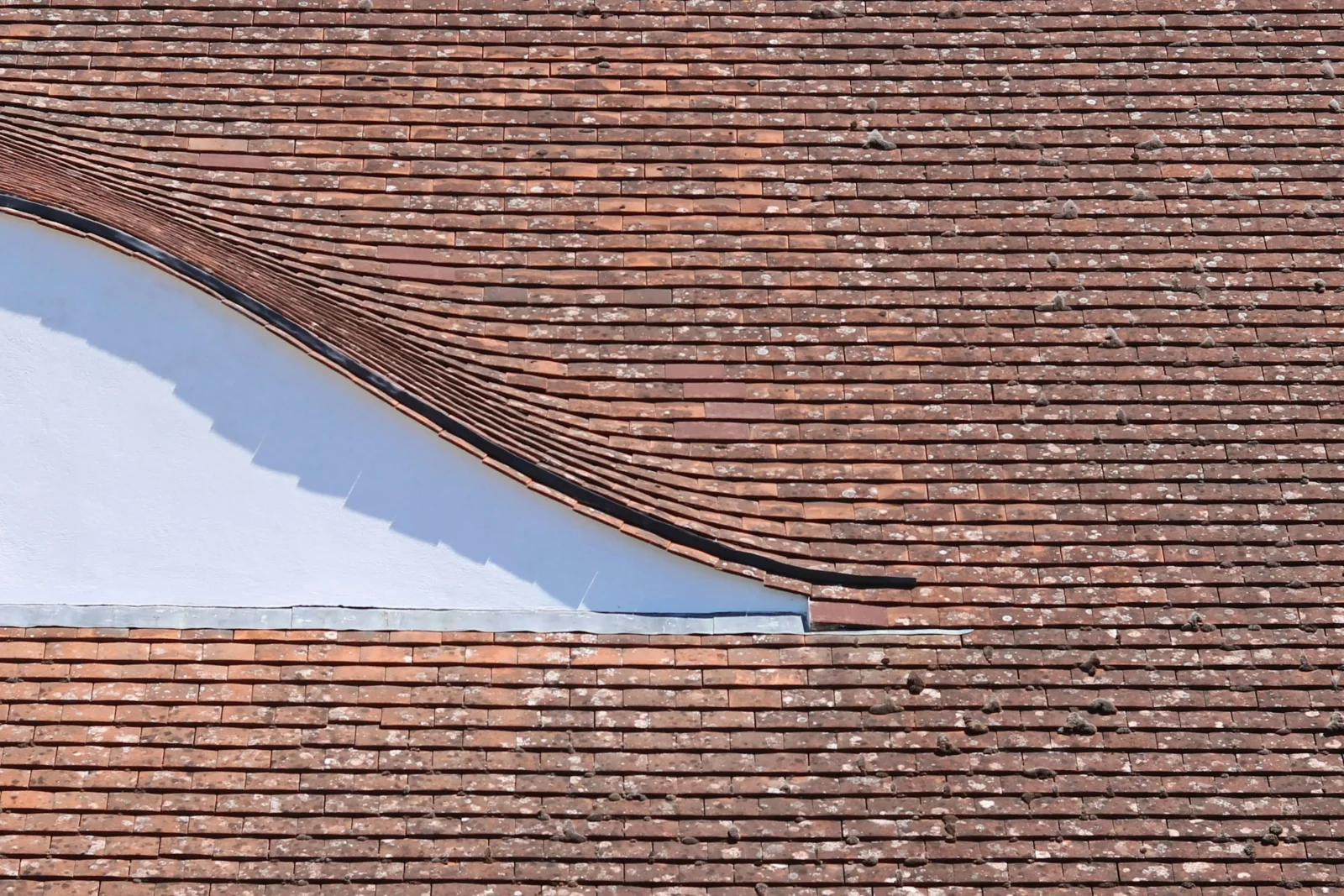
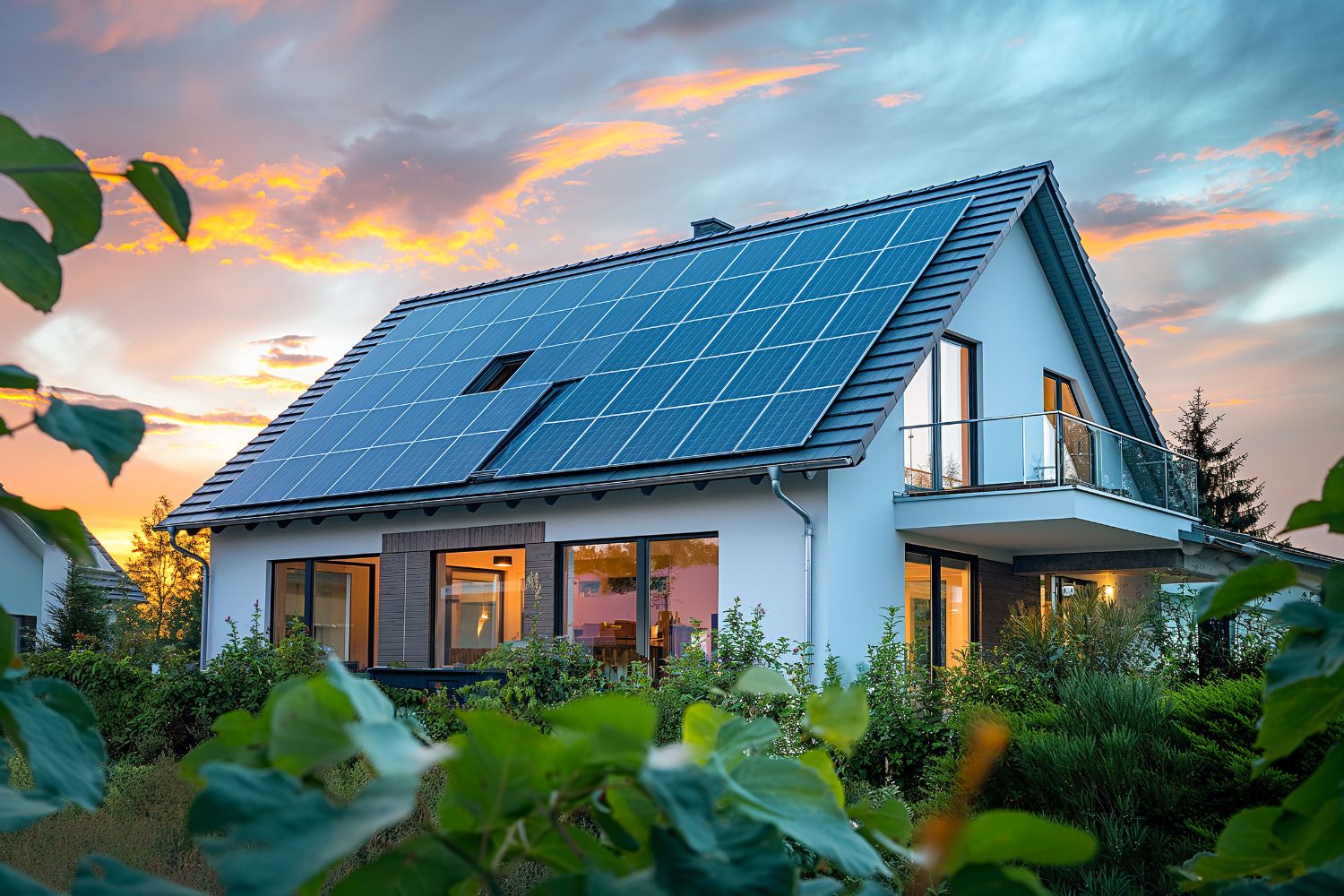
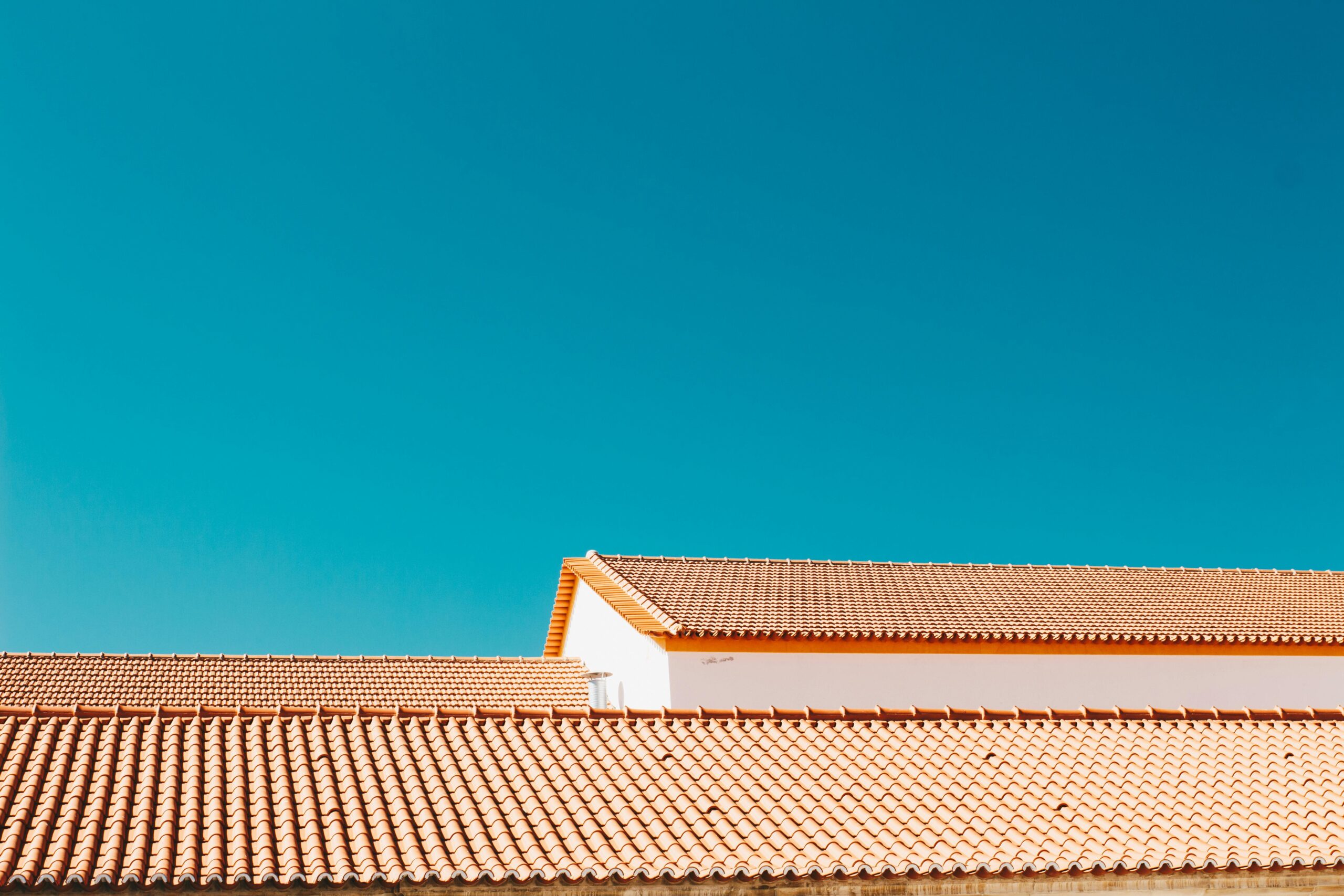
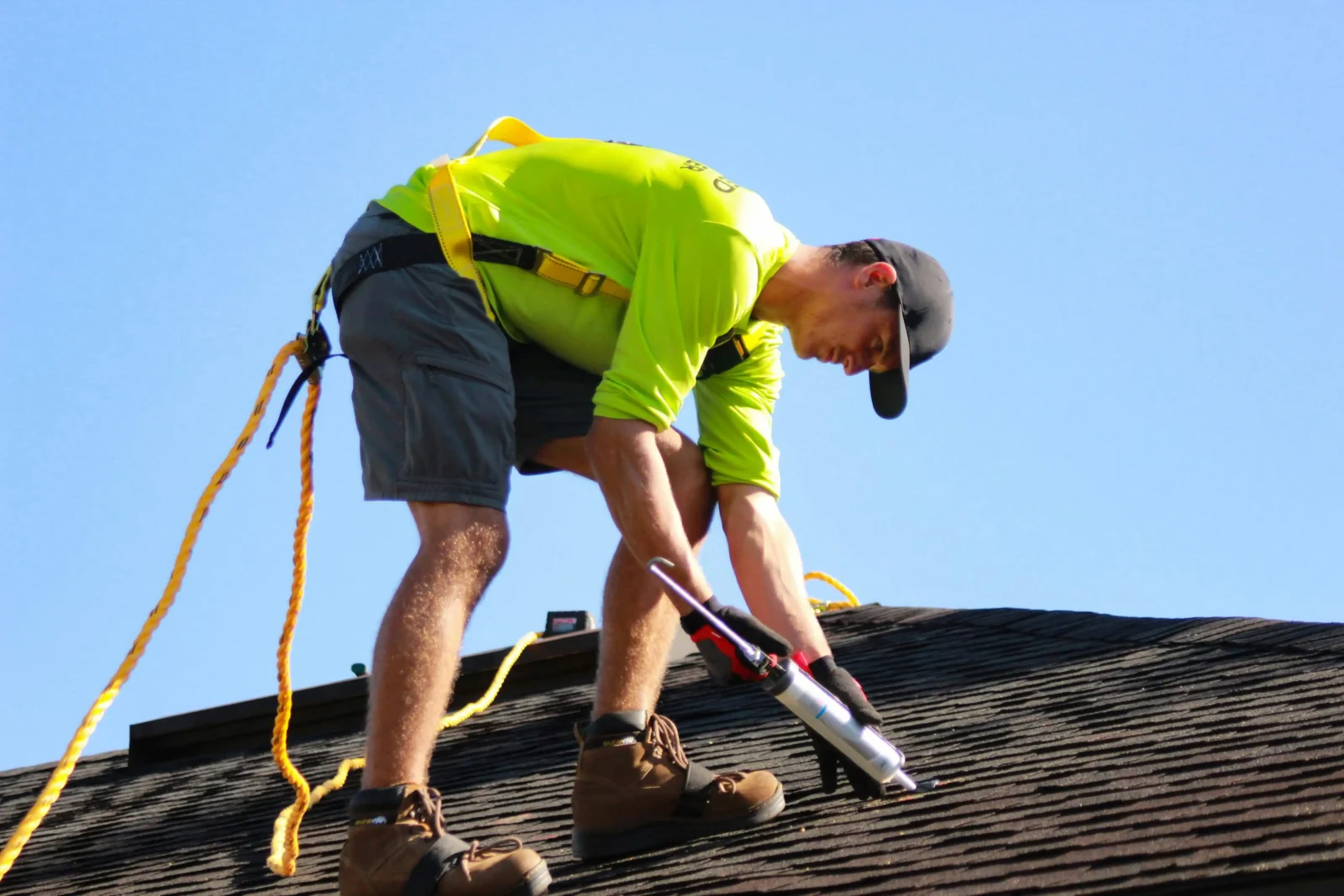
Leave a comment